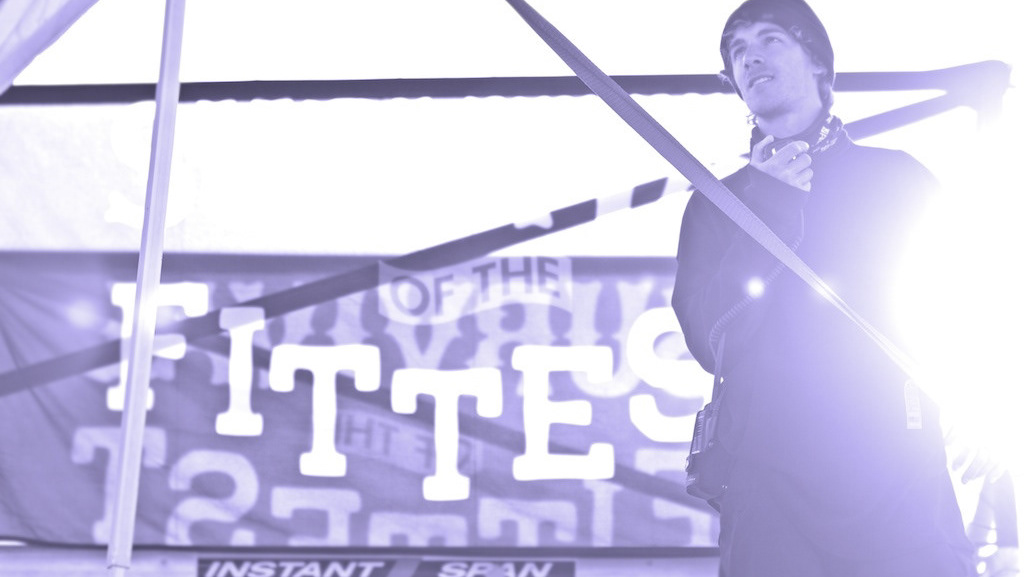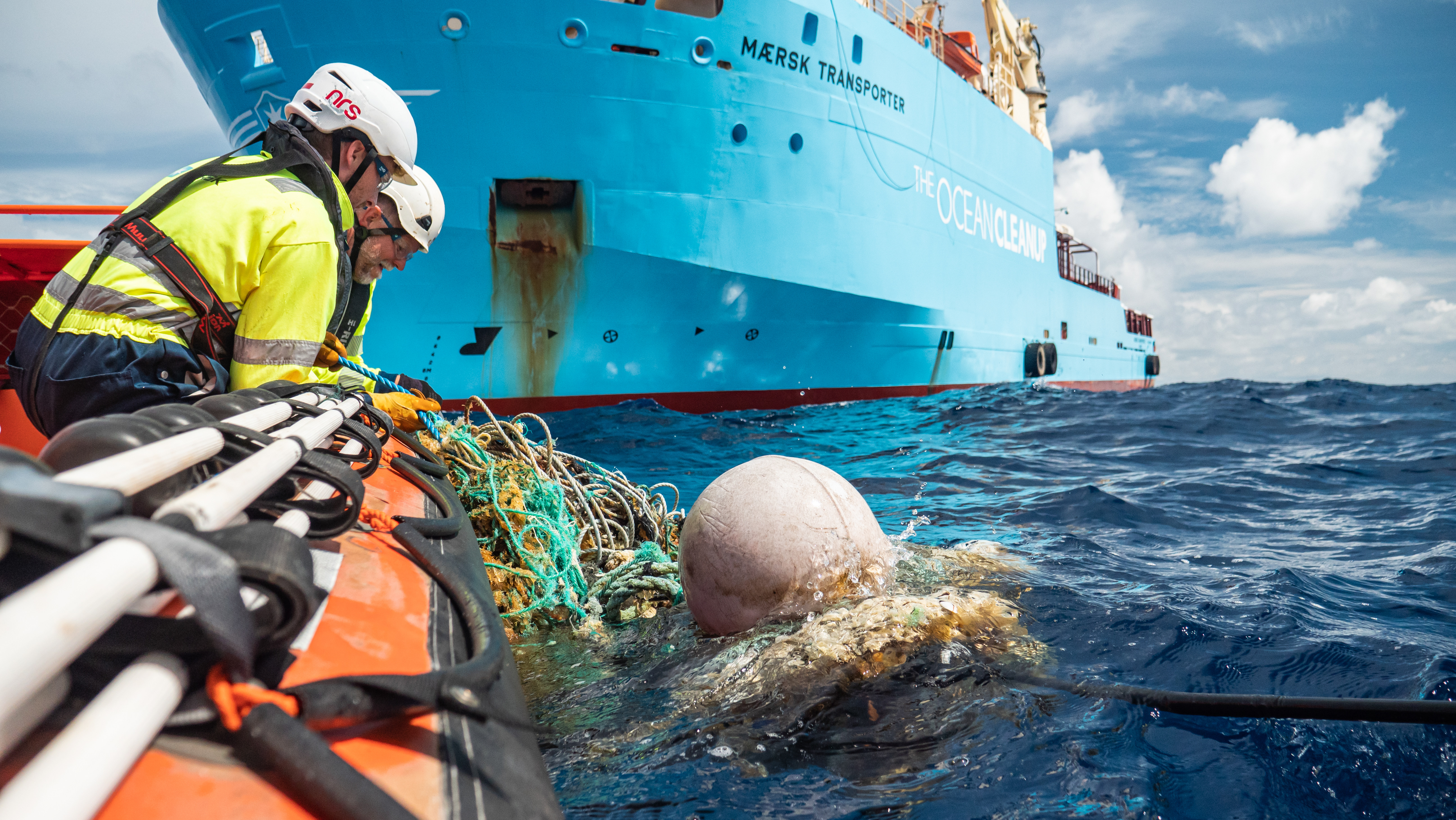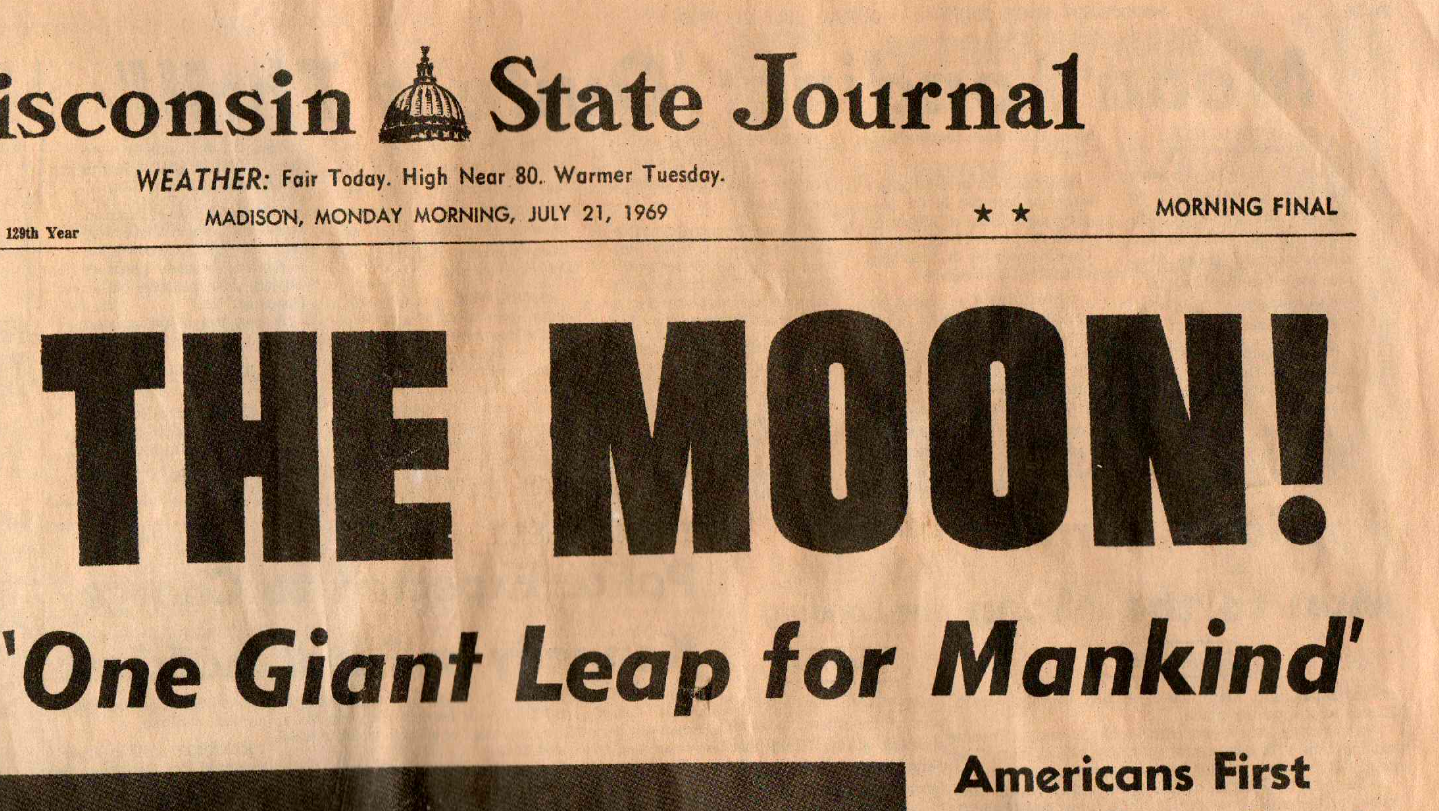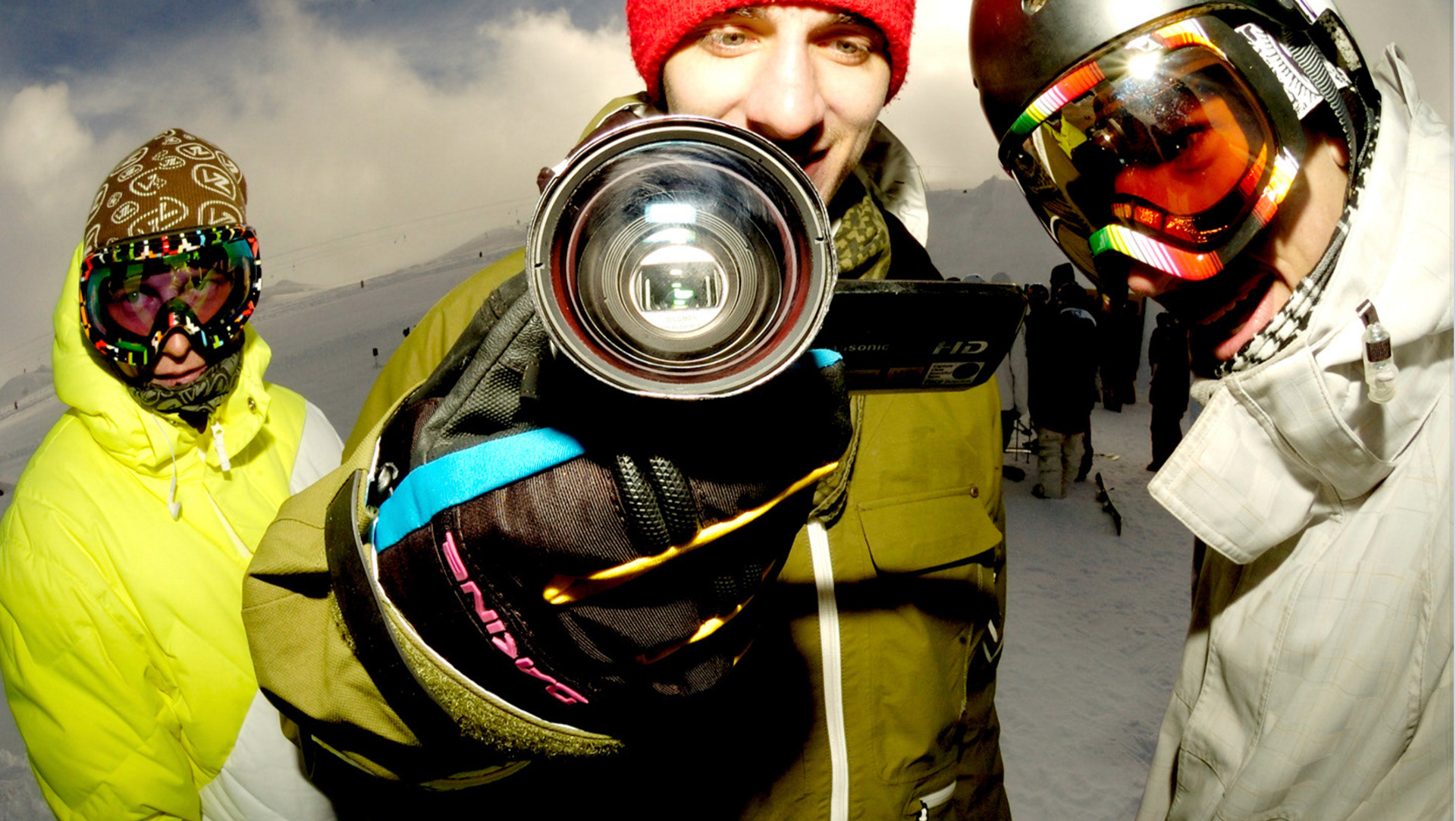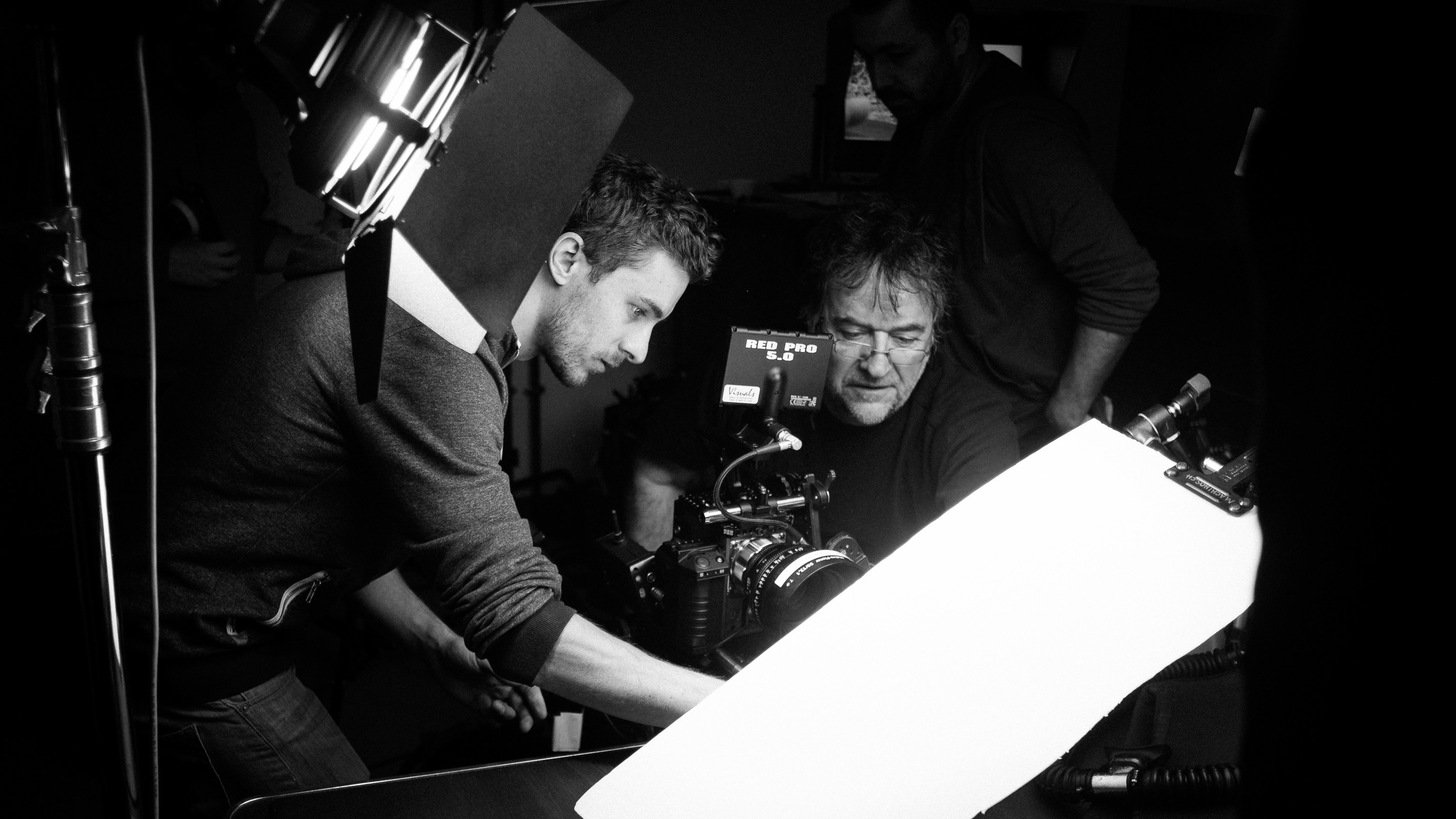Boris and Patrick taking a crowd selfie at the TNW conference in 2018..
I joined the organization to conduct a research internship on content management, in the context of the master degree program “New Media and Digital Culture” I was following at the University of Utrecht (NL). My role consisted in a) sourcing and developing content to promote the launch of the startup listing platform index.co and b) streamline the onboarding process of guest contributing authors to The Next Web website. And although I worked at The Next Web (TNW) only for a period of 6 months, I recall this experience as a very important step in my career.
The Next Web - which was acquired by The New York Times in 2019 - has always been a very innovative media company, rooted in the internet culture. Working alongside experienced editors such as Martin Bryant, Matthew Hussey and Social Media Director Matthew Navarra, I sharpened my creative copywriting skills. How to make content more clickable and shareable? How to find content ideas that have greater potential? How to better engage with your online communities and how to make sure your content types can be scaled up are all topics I’ve been improving during my time at TNW.The most interesting part of my work was to help develop and implement a content strategy to launch a brand new online platform, called index.co. Shortly put, Index.co turns public data and content from across the web into structured data on private tech companies, industries and locations across the globe. I was embed in a team of developers and data scientists who thought me to approach content in a completely new way.
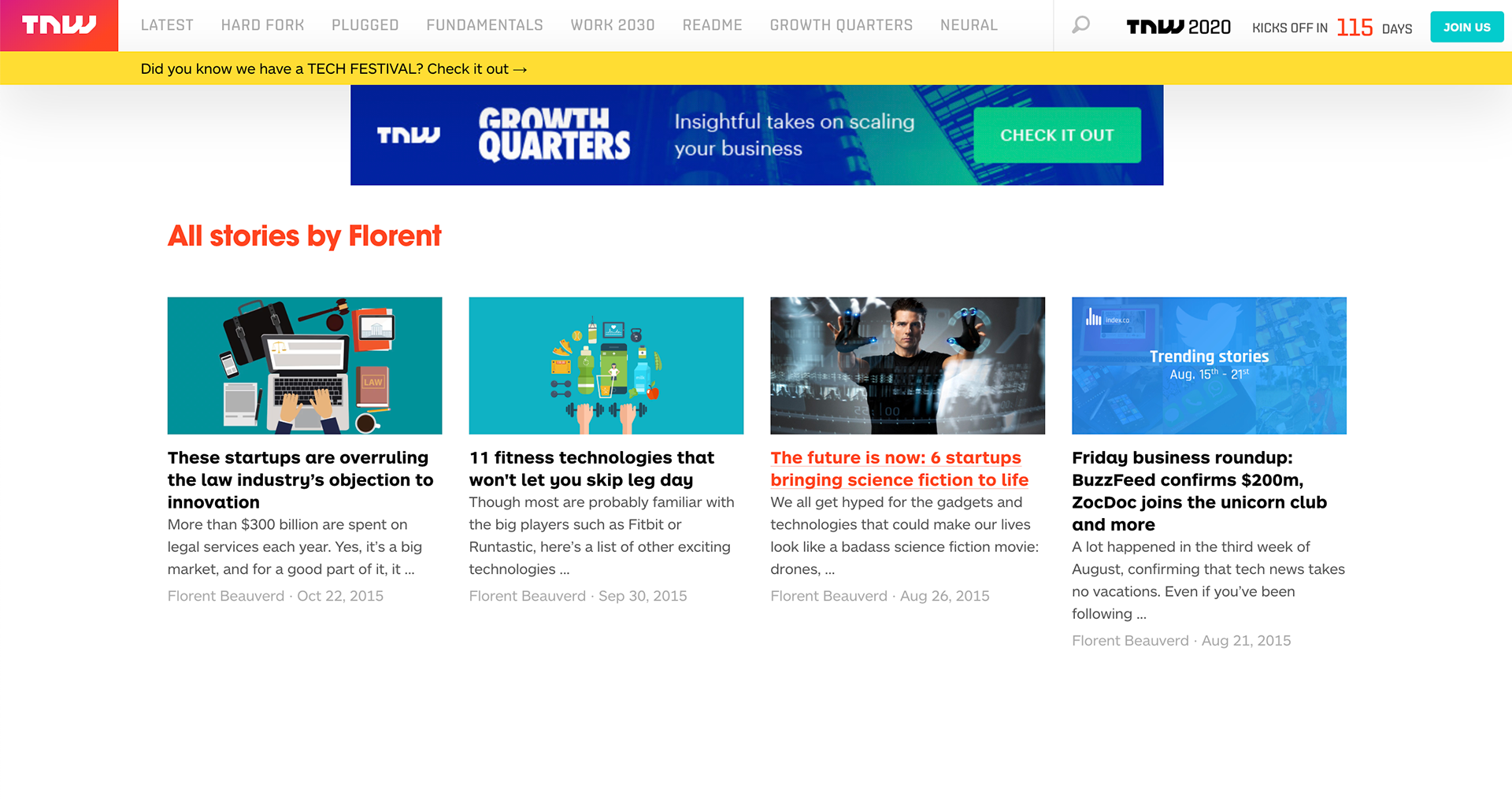
“How to make content more clickable and shareable? How to make sure your content types can be scaled up”
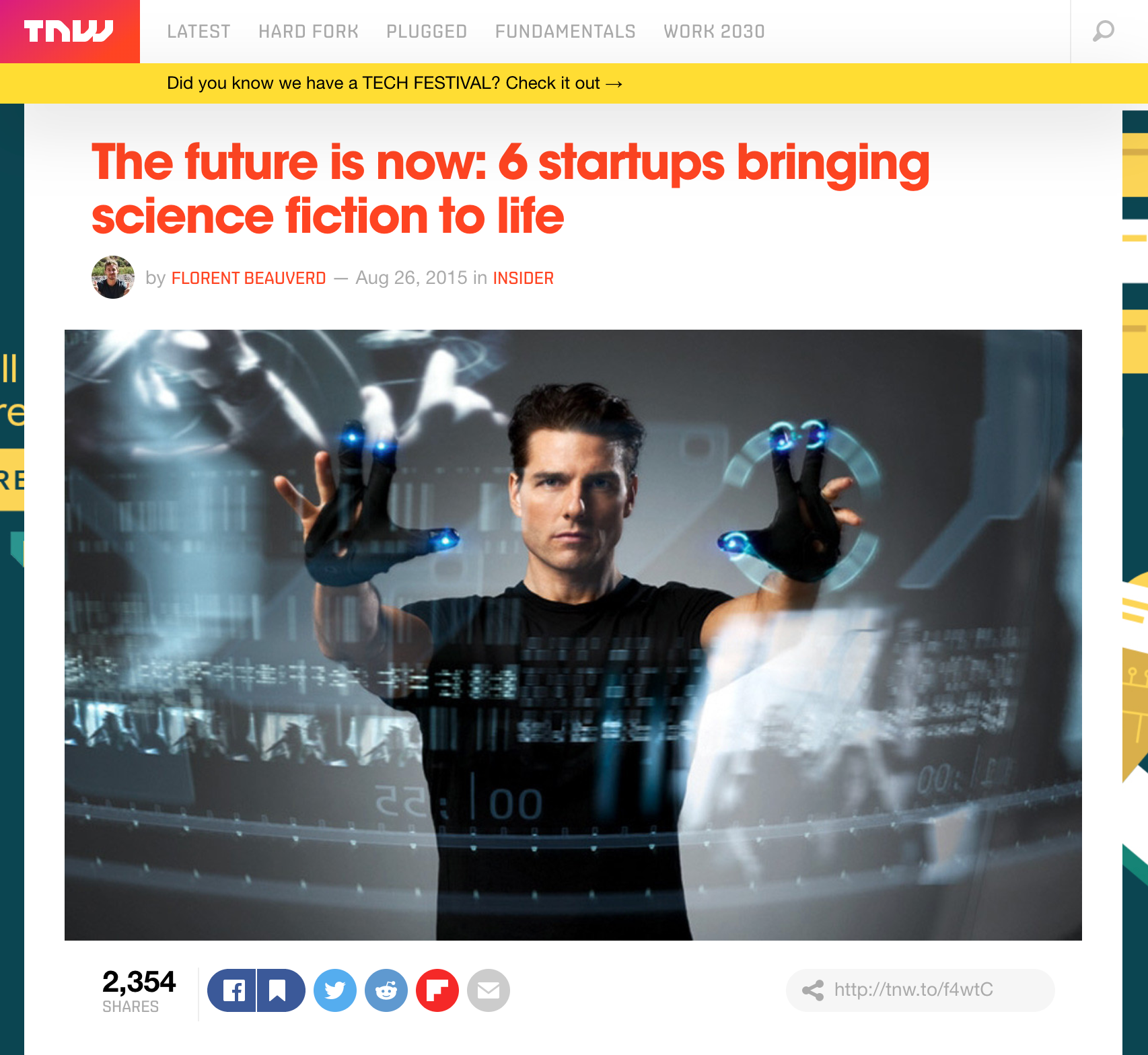

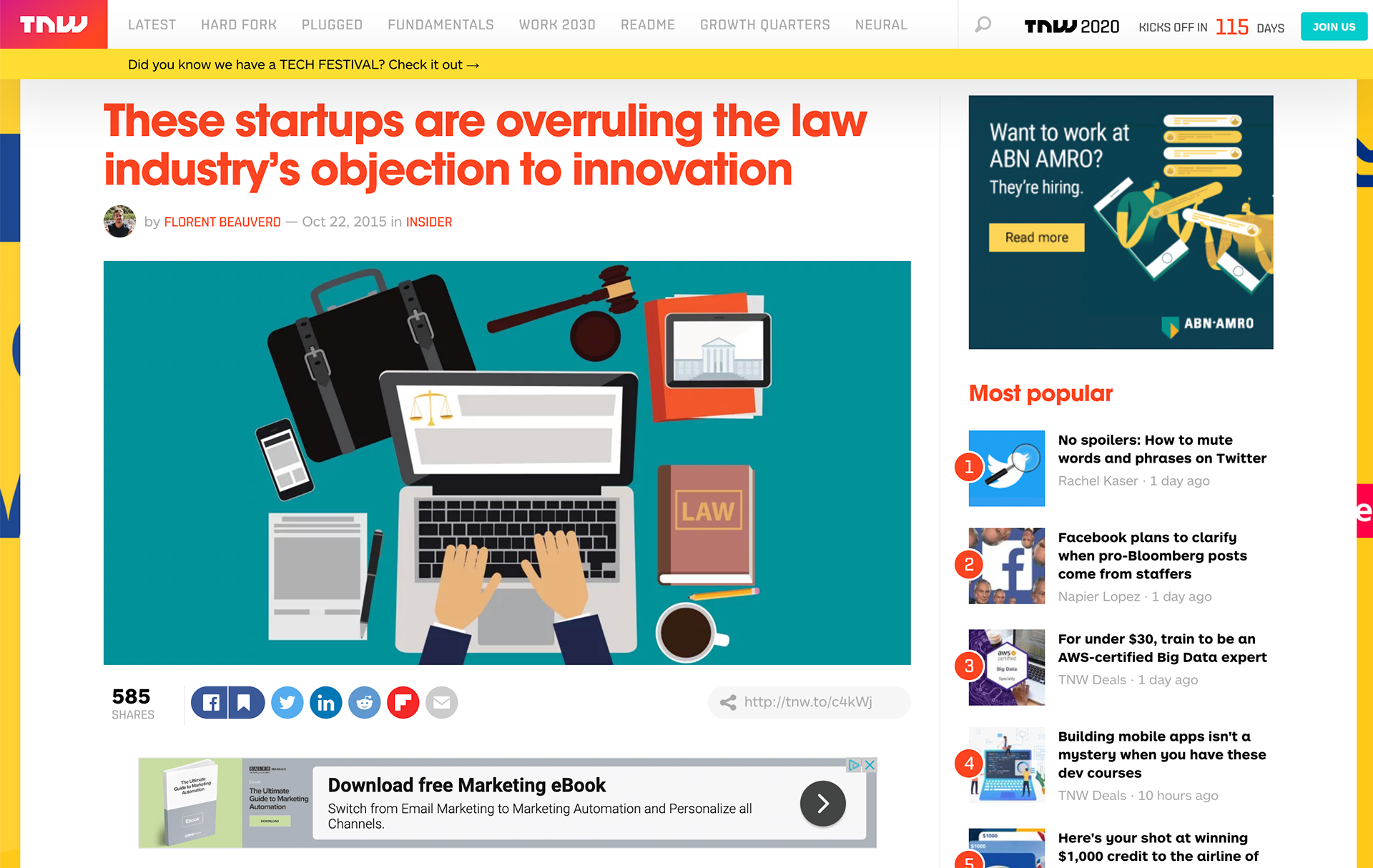
Animating Index’s social media profile required creative copywriting. Humour and a sense of entertainment also proved to be important components of an effective social media strategy. In fact, the best results were obtained using internet memes, emojis and gifs in a relevant and timely manner.
To make it through on The Next Web main site, articles must meet a qualitative standard and find a slot in a packed editorial calendar. On average, TNW publishes 24.3 articles per day covering a very wide range of technology related subjects. Finding a way to promote Index in this busy landscape was a challenge. I had to identify and test story ideas and blogpost formats that would seamlessly introduce Index to the readers. It quickly appeared relevant to write blogposts according to the vertical logic offered by Index. In other words, create articles based on a location or a market.
While I was pleased to further improve my copywriting skills, the most valuable things I learned at The Next Web were related to content creation processes and team dynamics.
The productivity tools I’ve been introduced to completely reshaped my ways of working. For example, TNW was one of the first company to adopt Slack instead of emails. Using automation tools such as IFTTT was common practice. Anything that could make your workflow faster and more efficient was supported. Soon enough I ended up with 4 screens on my desk. All at once, I was drafting blogposts, monitoring automated streams, managing customer care, curating data input and logging user feedbacks.
“Most of the productivity hacks
I still use today, I’ve learnt about them at TNW.”
I still use today, I’ve learnt about them at TNW.”
